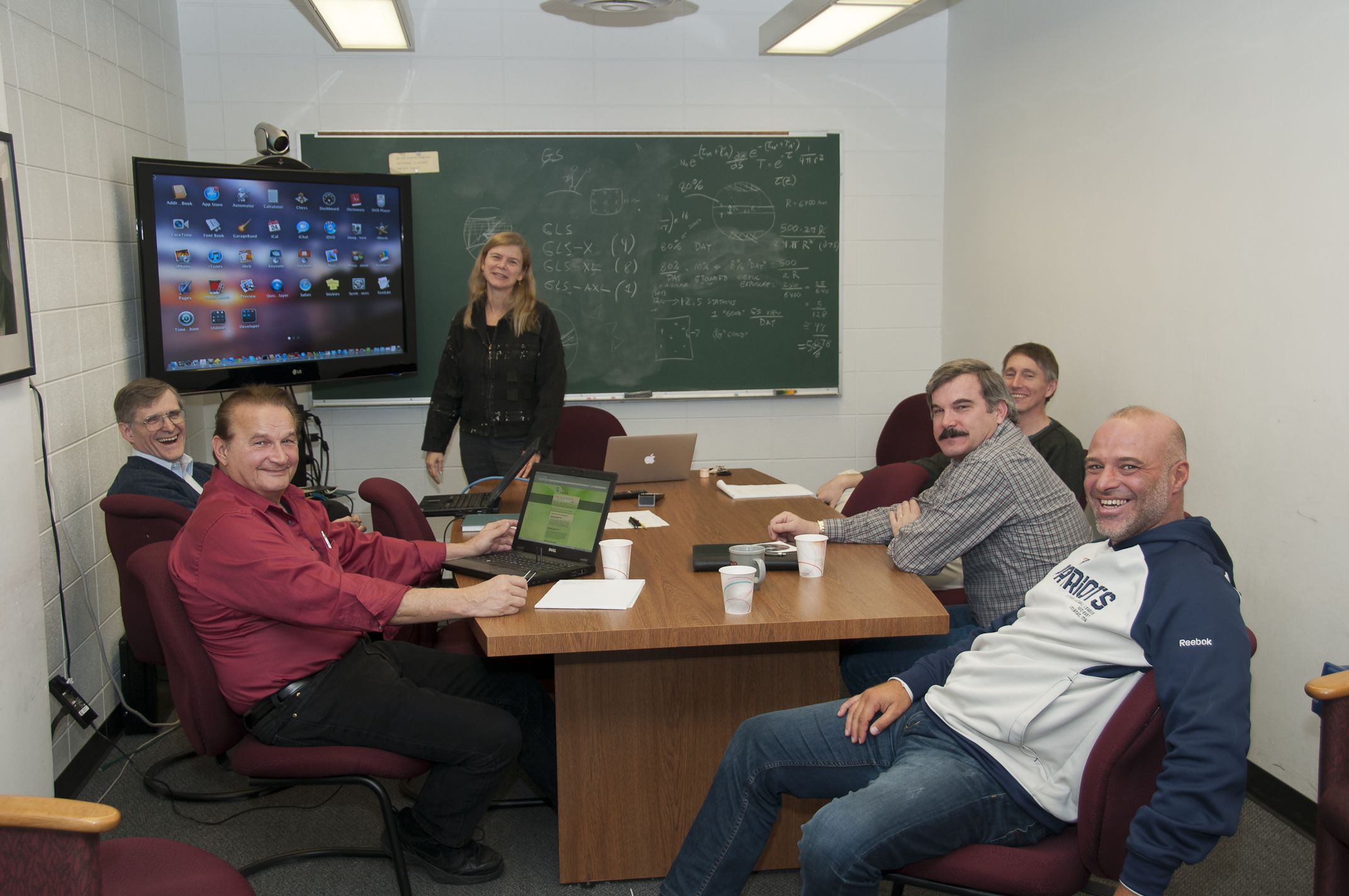J. Eser et al.,
"Science and mission status of EUSO-SPB2"
PoS ICRC2021 (2021), 404
doi:10.22323/1.395.0404
[arXiv:2112.08509].
G. Osteria et al.,
"The fluorescence telescope on board EUSO-SPB2 for the detection of ultra-high-energy cosmic rays"
PoS ICRC2021 (2021) 206
doi:10.22323/1.395.0206
[arXiv:2112.11130].
M. Bagheri et al.,
"Overview of Cherenkov telescope on-board EUSO-SPB2 for the detection of very-high-energy neutrinos"
PoS ICRC2021 (2021), 1191
doi:10.22323/1.395.1191
[arXiv:2109.01789].
T. C. Paul, S. T. Reese, L. A. Anchordoqui and A. V. Olinto,
"EUSO-SPB2 sensitivity to macroscopic dark matter"
PoS ICRC2021 (2021), 519
doi:10.22323/1.395.0519
[arXiv:2104.01152].
M. H. Reno et al.,
"EAS optical Cherenkov signatures of tau neutrinos for space and suborbital detectors"
PoS ICRC2021 (2021), 1201
doi:10.22323/1.395.1201
[arXiv:2206.02853].
T. Venters et al.,
"Astrophysical implications of neutrino target-of-opportunity observations with space-based and suborbital optical Cherenkov detectors"
PoS ICRC2021 (2021), 977
doi:10.22323/1.395.0977
[arXiv:2206.02730].
J. Eser, A. Olinto, and L. Wiencke,
"Results of the EUSO-SPB1 flight"
PoS ICRC2019 (2020), 247
doi:10.22323/1.358.0247
[arXiv:1909.03005].
G. Osteria et al.,
"The data processor of the EUSO-SPB2 telescopes"
PoS ICRC2019 (2020), 420
doi:10.22323/1.358.0420
[arXiv:1909.01680].
A. N. Otte et al.,
"Development of a Cherenkov telescope for the detection of ultra-high energy neutrinos with EUSO-SPB2 and POEMMA"
PoS ICRC2019 (2020), 977
doi:10.22323/1.358.0977
[arXiv:1907.08728].


